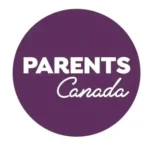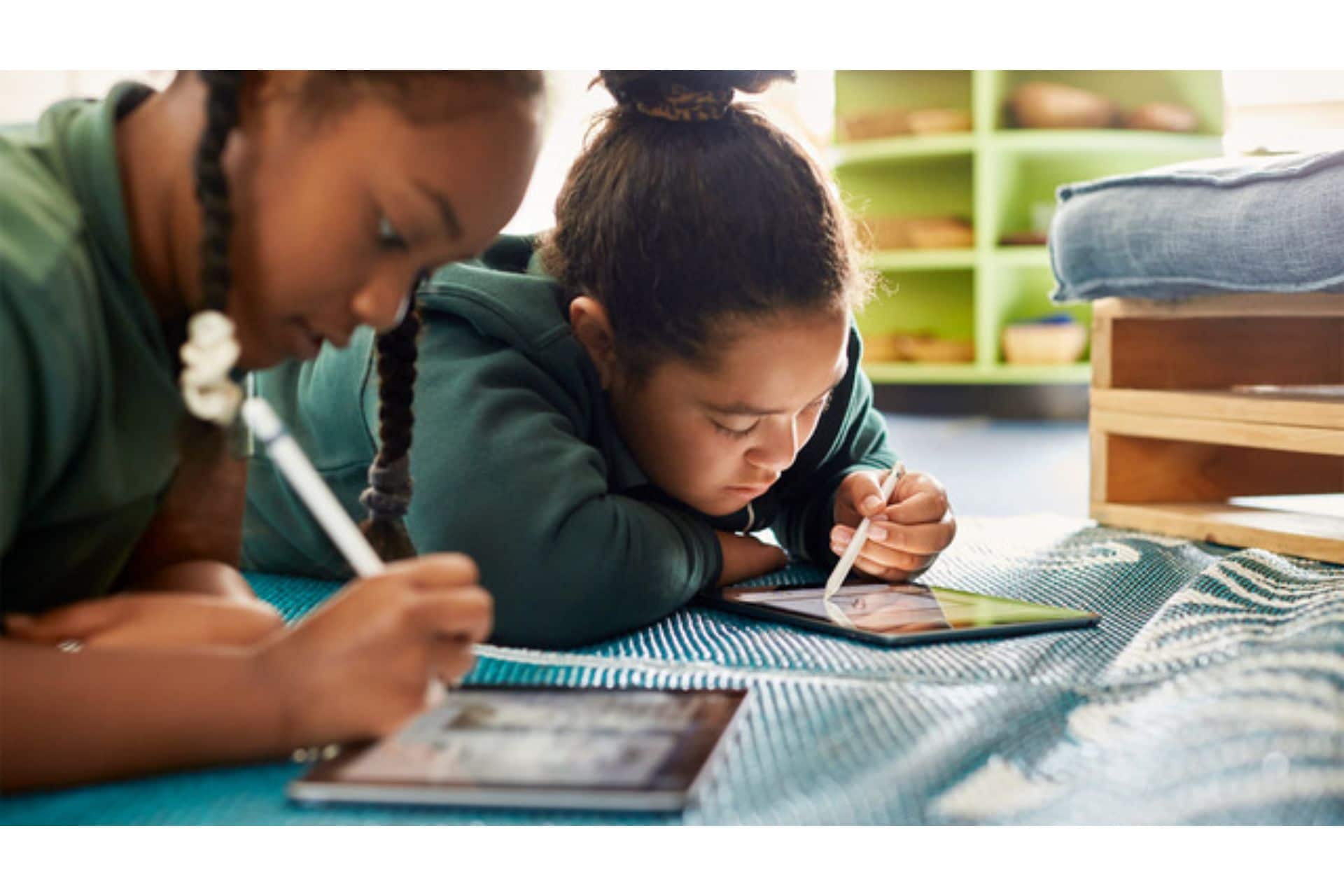Family Life
4 min Read
Five Tips to Help Your Kid (and You!) Learn Code

December 15, 2021
Family Life
4 min Read

December 15, 2021

Canadian students are learning code and computational thinking from an early age. It’s become an essential literacy, with provinces adding code to their mandatory curriculum so students learning on devices like iPads and other tablets and devices can develop all-important skills like creativity, critical thinking and problem solving. But for many parents, code is foreign. Helping a child with their homework could be a parent’s first introduction to the language of code.
On the heels of Computer Science Education Week, we asked four teachers from across Canada for advice on how parents can help kids on their journey with code. Here are five tips from the those in the know.
Don’t be afraid
“You don’t need to be an expert, says Jason Trinh, a teacher based in Toronto. “Don’t be afraid to not have all the answers.” Debugging and figuring out why something doesn’t work is part of the coding process, says Trinh.
Learning to code can be a co-learning activity. “Get lost in the code with the kids, talk about it, feel the feelings and don’t worry about having to be the guide,” he says.
Find an interest
Start with a question. “Find out what apps interest your kid, what parts they like and dislike,” says Cari Wilson, the innovation and technology lead teacher at West Vancouver Schools. “Then ask questions like, ‘What would you change about the app?’”
It’s about getting your kid thinking about the fact that apps can actually be altered. Talk about the problems they see around them and how an app can help, says Wilson. “If they always forget to pack a dry shirt after hockey practice or shoes for dance class, ask, ‘Can you think about how an app could help us with that? What would the app do?’” she says.
Coding unplugged
“To get kids coding they need to first realize what coding is. That’s why I recommend starting with unplugged coding,” says François Lake, a grade five teacher and tech specialist at École L’Arpège in Sainte-Julie, QC. Parents can try creating a recipe with their kids, or pretending to be a robot that can only be controlled with verbal cues, he says.
“In class, we put a toothbrush and toothpaste on a table and ask the students to provide instructions on how to brush your teeth. The students usually tell me to raise my hand to my mouth,” says Lake. “But I’m not holding the toothbrush yet!”
All of that thinking is getting kids accustomed to the idea of coding without actually coding, says Lake. “With my grade five students, I have them guide me to turn on a light switch. They tell me to walk to the door and I’ll bang into desks or spin around in circles when they say turn because they’re not providing me with enough information,” he says. It’s a fun exercise for them too, and it’s a really great way to get them thinking about code, he says.
Make a mess
The best way to learn to code and become interested in it is by playing with it, says Jennifer Lacroix, a grade six teacher at English Montreal School Board. “That’s where apps like Apple’s Swift Playgrounds comes in. It’s challenge-based and, by applying code, you can see characters move on the screen and get an immediate response as to whether or not you did it correctly, says Lacroix. “The other great thing about Swift Playgrounds is the ability to use it to code other physical robots that can move around the child’s environment,” she says.
Get inspired
“Find the code around you,” says Trinh. Explore what around you is controlled or created using code, he says. “From the algorithms that control your social media timeline to your favourite app—finding how code is connected to everyday life provides tangible examples to why digital literacy around code is so important,” he says.